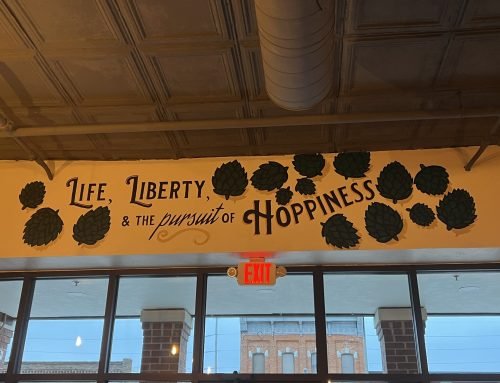So, what exactly is St. Patrick’s Day and why do we celebrate it?

Here we go again…our most favorite party holiday is upon us and man oh man are we off to celebrate!
Most of us use this day as a reason to dress up in green tutus, paint our faces, and down as much green beer as humanly possible. But why? What brought this amazing and formidable ritual to us? So, what exactly is St. Patrick’s Day and why do we celebrate it?

St. Patrick’s Day is a celebration of the life of the Irish patron saint St. Patrick. He was born in Roman Britain in the late 4th century and at only 16, he was kidnapped and taken to Ireland as a slave. He did escape but returned to the Irish to convert them to Christianity approximately 432 CE (CE (Common Era) is the secular equivalent of AD (anno Domini), which means “in the year of the Lord” in Latin). By the time of his death on March 17, 461, he was able to build monasteries, churches, and schools in Ireland benefiting his cause.
There are many legends that surround St. Patrick such as the one that he drove the snakes out of Ireland and used the shamrock to explain the Trinity. Such legendary feats surely merit religious services and feasts of honor celebrating St. Patrick who became one of Ireland’s patron saints posthumous.
We can thank the emigrants to the United States for transforming St. Patrick’s Day into a largely secular holiday of revelry and celebration of things Irish. Cities with large numbers of Irish immigrants, who often wielded political power, staged the most extensive celebrations, which included elaborate parades. Cities with rivers running through their backbone started dying their rivers green and St. Patrick’s Day parades started as early as 1737.

Chicago River dyed green for St. Patrick’s Day ctvnews
An interesting fact is that the color traditionally associated with St. Patrick’s Day was Blue, however, with the new world traditions (and we can only hypothesize that the lush green fields of Ireland) brought the turn to green. Irish and non-Irish alike commonly participate in the “wearing of the green”—sporting an item of green clothing or a shamrock, the Irish national plant, in the lapel. Corned beef and cabbage are associated with the holiday, and as we know, beer is sometimes dyed green to celebrate the day. Many of these practices were adopted by the Irish immigrants themselves but they originally did so largely for the benefit of tourists.
St. Patrick’s revelers thought wearing green made one invisible to leprechauns, fairy creatures who would pinch anyone they could see (anyone not wearing green). Many began pinching those who didn’t wear green as a reminder that leprechauns could sneak up and pinch green-abstainers.

Is it good luck to kiss an Irish person? Kissing someone who is Irish is pretty much the next best thing to kissing the stone in Blarney Castle, which is likely where this famous saying comes from. According to legend, kissing the stone will give you the power of eloquent and persuasive speech.

So, your mission, should you accept it, is to go out today…drink a green beer…pinch a few non-green-wearing partygoers and most of all celebrate the day in a way that would make our Irish ancestors proud!







